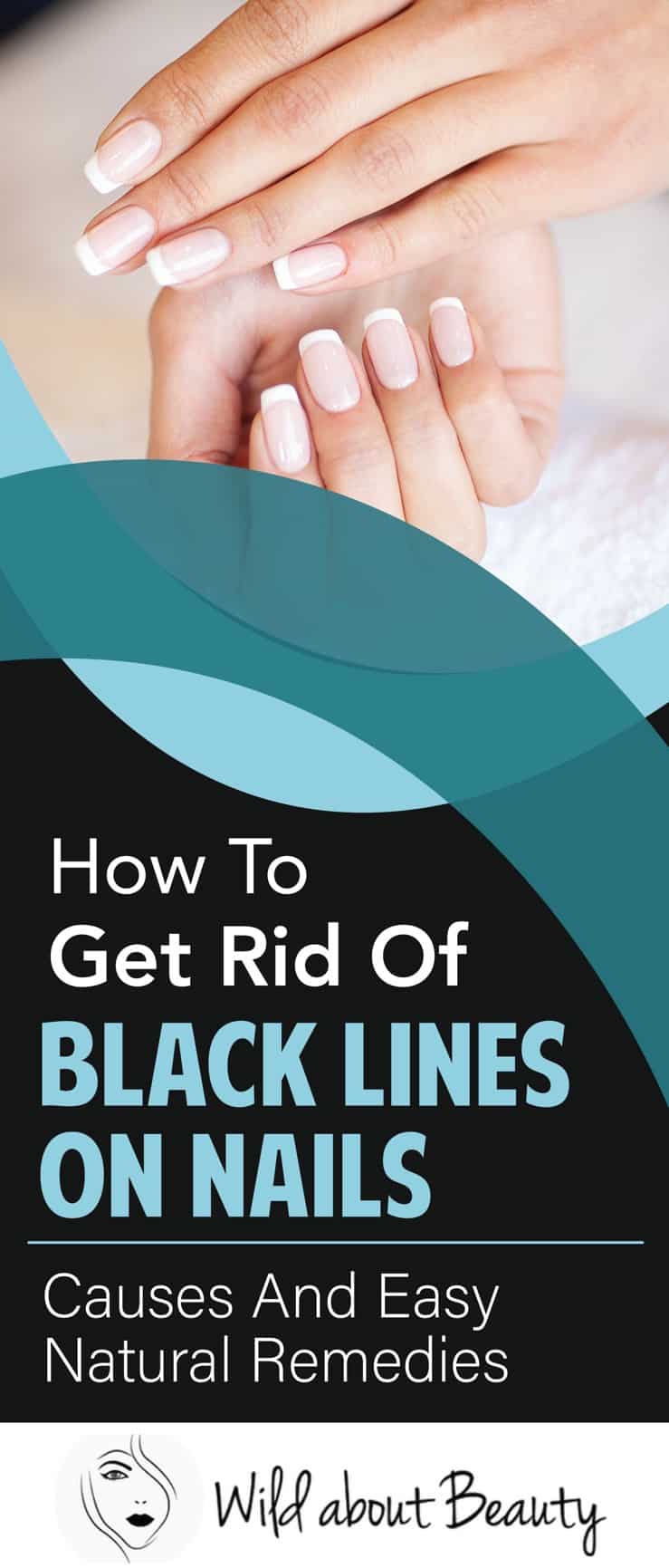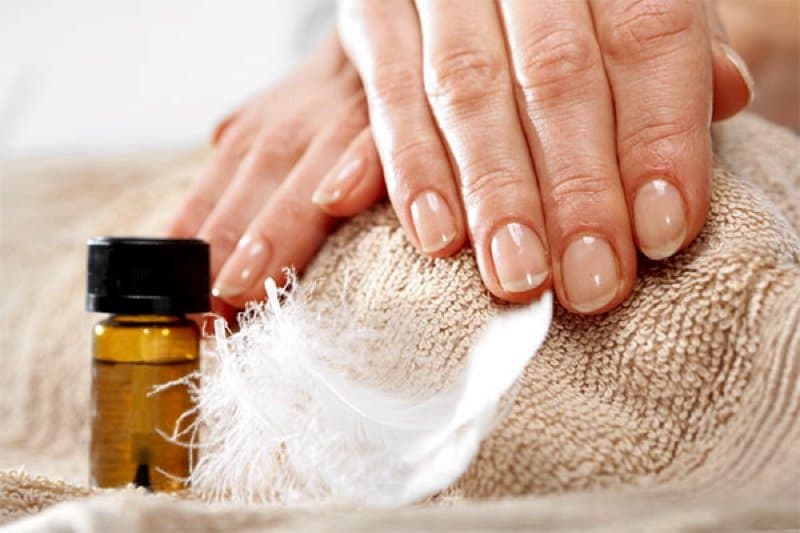Our fingernails can be indicators of our overall health, often hinting at underlying conditions long before other symptoms emerge. A narrow black line that appears vertically under the nails, known as a splinter hemorrhage, has various causes. While these lines can sometimes be benign and of no medical concern, it’s important to understand when they might signal something more serious.
We have observed that some individuals possess these striking black lines on their nails and seek methods to eliminate them. It’s crucial to discern why these lines occur and how they reflect our well-being. Natural approaches exist to address this concern, and recognizing both the innocuous and critical nature of these markings can guide us toward appropriate treatments.
Chapter Overview
What Are The Black Lines On Nails?
Black lines on nails, clinically termed melanonychia, are primarily due to melanocytes in the nail bed. This can manifest as melanonychia striata, with dark streaks or lines. Here’s a brief overview:
- Condition: Black or reddish-brown streaks.
- Appearance: Lines remain unchanged on applying pressure.
- Frequency: Can appear on one or several nails.
- Cause: Stems from melanocytic activation or injury.
These linear marks, often compared to splinters, don’t necessarily indicate a serious nail condition, but monitoring is advisable.
What is Causing Black Lines on Nails?
Common and Safe Causes
We can attribute black lines on our nails to several benign factors. These are often related to:
- Nutritional Deficiency: Lacking vitamins and minerals can lead to nail changes.
- Fungal Infections: Common if hygiene is compromised or from environmental exposure.
- Everyday Trauma: Minor injuries from daily activities might cause these lines without our notice.
Addressing nutritional needs and maintaining nail cleanliness usually resolves these issues.
Not Cause For An Alarm
Certain conditions can cause black lines to appear under our nails without posing any significant health risk:
- Pregnancy: Hormonal changes during pregnancy may cause nail changes.
- Natural Aging: Over time, these lines might appear simply due to aging, particularly in individuals with darker skin tones.
These observations are typically part of normal variations and don’t necessarily signal an underlying health issue.
Serious Causes
However, some causes of black lines on nails signal the need for medical attention:
- Melanoma: A type of skin cancer associated with irregular melanocyte activity. If you notice a dark line that’s new or changing, consult a healthcare provider.
- Endocarditis: Symptoms include splinter hemorrhages, as reported in approximately 15% of patients with this heart infection.
- Psoriasis: About 50% of individuals with psoriasis experience nail discoloration, including black lines.
Other conditions to be aware of include lupus, vasculitis, more severe infections, lichen planus, and the effects of chemotherapy. Manifestations of underlying systemic diseases such as kidney or lung diseases, circulatory disorders, and certain medication side effects also fall into this serious category. As with any health concerns, we recommend speaking with a healthcare professional to ascertain the cause and appropriate treatment.
How to Remove Black Lines Naturally
Baking Soda for Fungus Infection
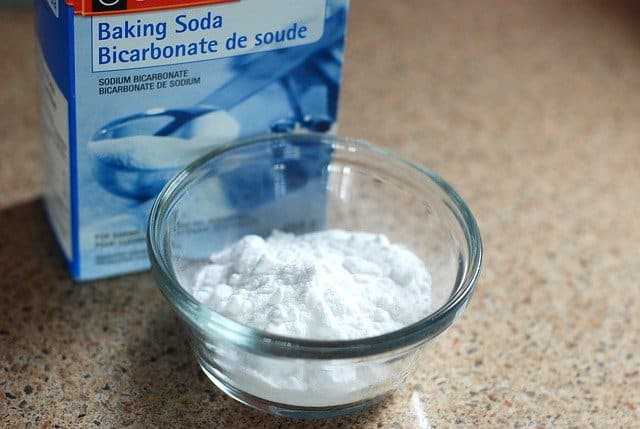
Baking soda not only neutralizes odors but it also acts as a powerful antifungal agent. Here’s how we can use it:
- Mix ¼ cup of baking soda with 1 cup of apple cider vinegar in a bowl of water.
- Submerge the affected nails for 15 minutes.
- Afterwards, dry the nails with a soft towel.
- Apply the solution twice daily to combat fungal infections.
Coconut Oil for Fungus Infections
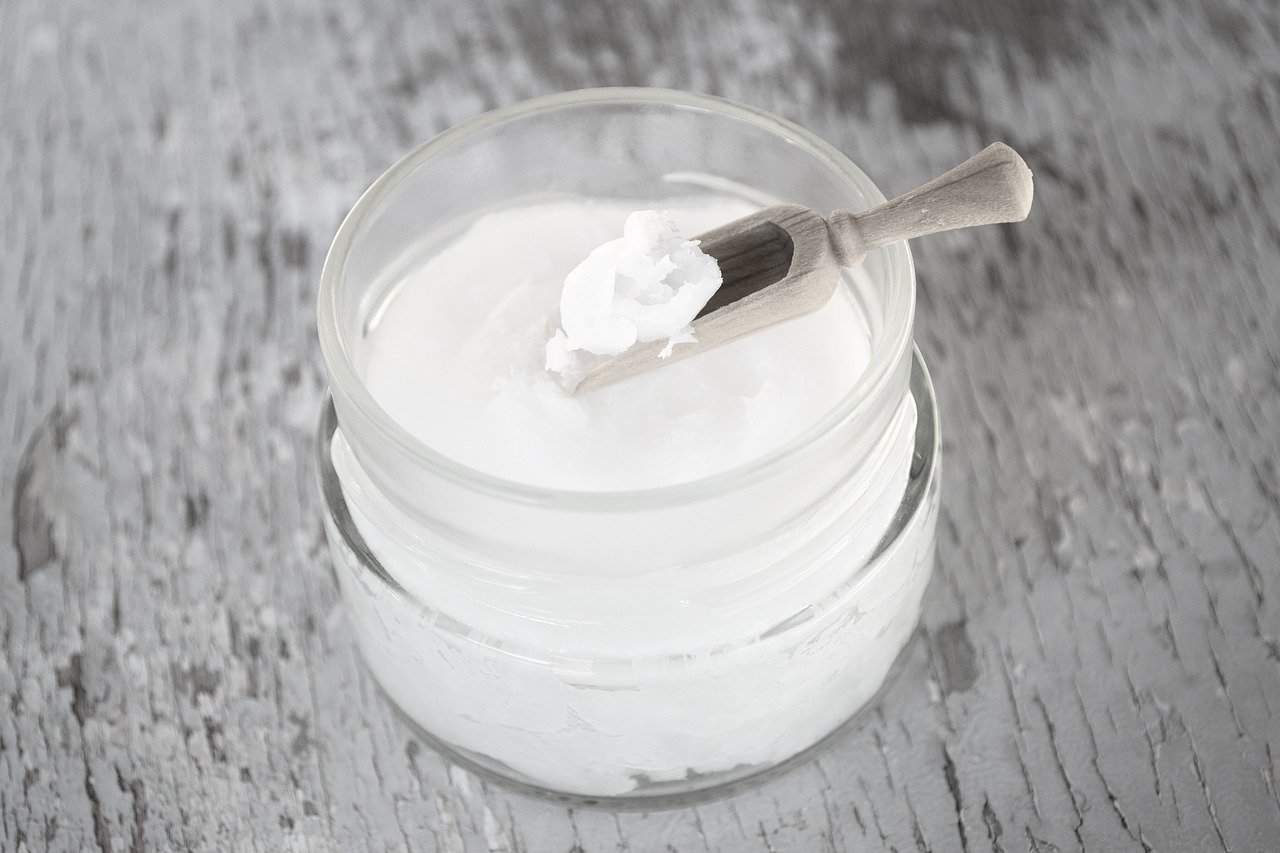
Coconut oil is not only for cooking; its antifungal qualities also make it beneficial for our nails.
- Apply coconut oil directly onto the infected nails.
- Ensure to do this three times a day.
- The oil acts as a barrier, preventing moisture which fungi and bacteria thrive on.
Lemon for Fungus Infections
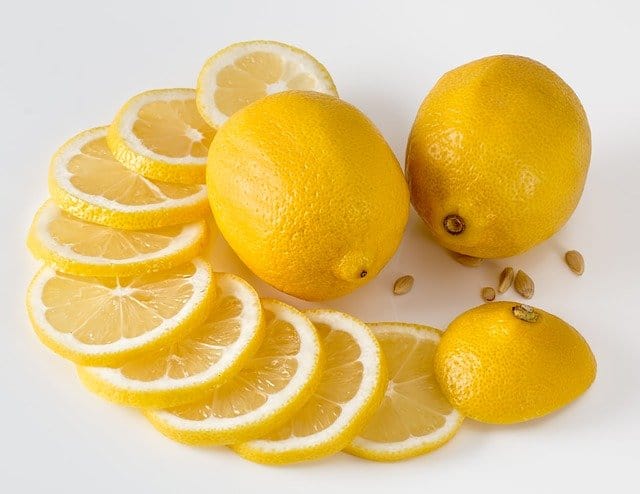
Lemons are rich in vitamin C and come with both antifungal and antibacterial properties. Here’s how to use lemon for nail infections:
- Soak a cotton ball in lemon juice and place it on the affected nails.
- Alternatively, apply lemon juice directly.
- For best results, repeat this treatment three times daily.
Yogurt

Yogurt is an excellent source of probiotics or “good bacteria” that are beneficial to our overall health and can help maintain a healthy balance of bacteria to prevent infections.
- Include yogurt in your daily diet to leverage its preventive benefits.
- Apply yogurt on the affected nail and leave it for 15 minutes.
- Wash off and pat dry your nails carefully.
- This topical application can be done two to three times a day.
A nutrient-rich diet inclusive of dark greens, eggs, fish, and foods high in iron, zinc, and vitamin C, combined with the above remedies, will promote healthier nails and prevent the recurrence of fungal infections.
How to Maintain Proper Nails Health
To promote healthy nails, we suggest the following measures:
- Cleanliness: Ensure nails are clean and dry to prevent bacterial growth.
- Regular Trimming: Trim fingernails and toenails regularly, avoiding overly long nails which can harbor dirt.
- Gentle Products: Opt for natural nail care products to minimize damage.
- Protection: Wear gloves when using chemicals to protect the nail bed.
- Nutrition: Incorporate iron, protein, and vitamins B12 and D in our diet to support nail growth and strength.
- Consultation: If we notice nail changes like nail splitting, it’s important to consult a healthcare provider. A physical exam and medical history review will guide any necessary diagnosis, which may include a biopsy.
Through these practices, we address our overall health, reflecting in our nail’s condition.
